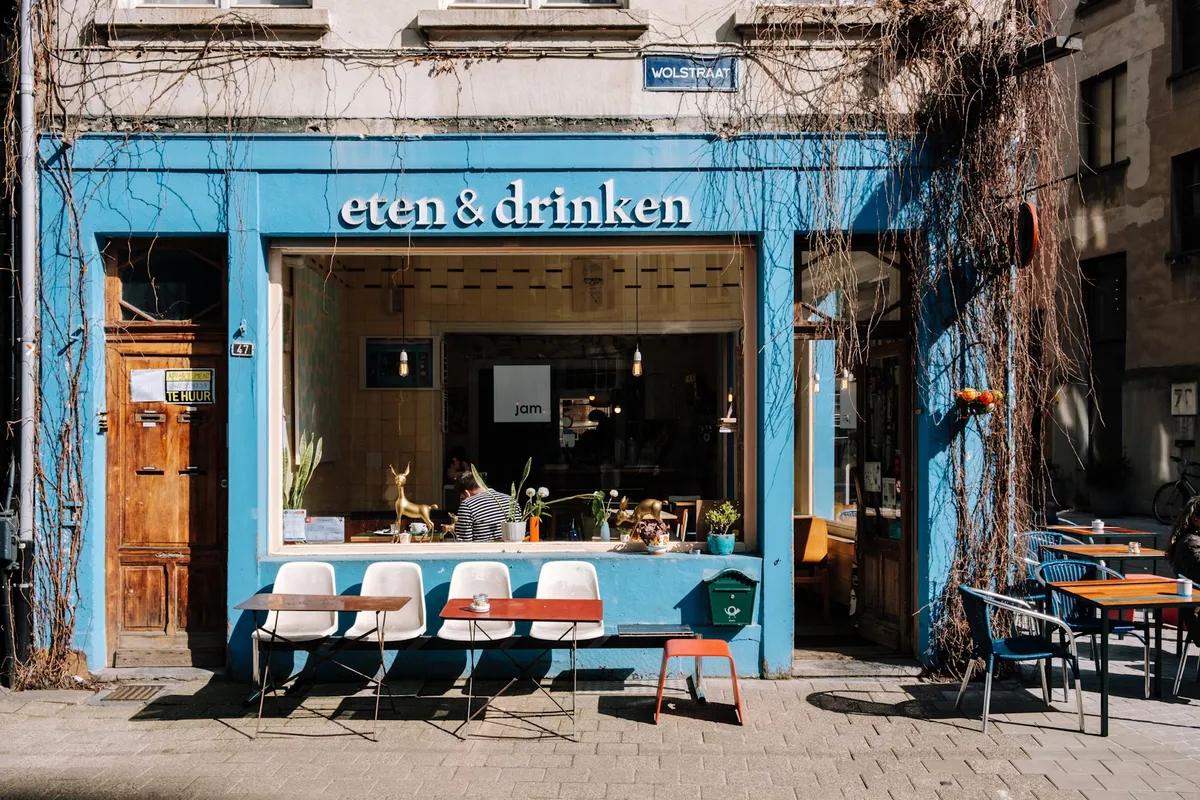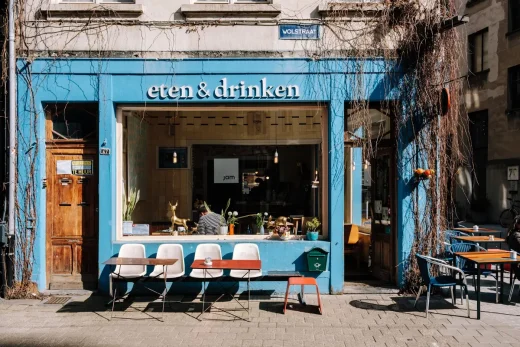Adaptive reuse in architecture, transforming old buildings for modern needs, Build hazards
Adaptive Reuse in Architecture: Transforming Old Buildings for Modern Needs
28 October 2024
For a number of years, architects have been trying to find ways in which they can reduce the carbon footprint of buildings and make them more sustainable. While active sustainable solutions are one way to do this, another popular method is adaptive reuse. It’s become a great approach to preserving history while addressing the contemporary needs of architectural design. Rather than demolishing and rebuilding, adaptive reuse entails reusing existing structures in new ways.
This process leads to the creation of spaces that serve modern purposes while honoring a building’s architectural heritage. For instance, you may see an old factory site turned into a modern casino. Even if you’re more into online gambling and want to use the Casinia promo code to get exclusive bonuses, walking into an actual casino that’s been created inside a repurposed historical structure will be a sight you won’t soon forget. Adaptive reuse, other than breathing new life into old buildings, also reduces the environmental impact of construction, enhances sustainability, and fosters architectural innovation.
The Need for Adaptive Reuse
Adaptive reuse is the process of retrofitting buildings to serve a different function from their original purpose. It involves transforming outdated structures into new spaces that accommodate evolving societal needs, whether for housing, offices, or any other public use. This method not only preserves historic building codes and aesthetic value but also aligns with principles of sustainable architecture, as it minimizes the consumption of new materials and energy compared to traditional construction.
In an era where the construction industry is increasingly scrutinized for its carbon footprint, here’s how adaptive reuse can also be sustainable:
- By repurposing buildings, architects can significantly reduce waste, conserve resources, and lower emissions tied to the production of new construction materials.
- Incorporating sustainable materials and energy-efficient technologies into these projects ensures that repurposed structures meet contemporary standards of sustainability while preserving their original charm.
Case Studies of Successful Adaptive Reuse Projects
The world has seen a vast number of adaptive reuse projects so far. While some architects have transformed built structures into something completely new, others have taken a piece of forgotten landscape and converted it into a thriving hub for business and entertainment. Here are some of the most popular examples of such projects across the world:
1. Tate Modern, London, UK
The Tate Modern is one of the world’s most famous examples of adaptive reuse. Originally a power station, this structure was transformed into an iconic modern art museum. The design by Herzog & de Meuron brilliantly blends the industrial essence of the structure with modern minimalism, showcasing an architectural innovation that respects the past while serving present needs. Its renovation included the addition of:
- Sustainable materials
- Energy-efficient systems
- Open, flexible spaces
2. The High Line, New York City, USA
The High Line is a pioneering example of building transformation and adaptive reuse. What was once an elevated railway track has been transformed into a linear park. This creative project turned a disused piece of infrastructure into an urban green space, combining the principles of sustainable architecture and mixed-use developments. That park is unique in many ways:
- It integrates nature with the city, creating walking and resting spaces for pedestrians.
- It enhances the biodiversity in the city thanks to the variety of plants that have been incorporated into the design.
- It has led to the revitalization of the neighboring areas, increasing property value and kickstarting other development projects.
Because of all this, the High Line has become a symbol of the future of architecture, where urban spaces are repurposed for public use with minimal environmental impact.
3. Fondazione Prada, Milan, Italy
A former gin distillery in Milan was transformed into the Fondazione Prada, an art and culture complex. This project demonstrates how architectural heritage can be preserved while introducing cutting-edge design elements. The design, also by Herzog & de Meuron, combines the old industrial aesthetic with sleek, modern architecture, creating a striking juxtaposition of past and present. Through careful retrofitting, the building now serves as a cultural beacon, proving that repurposing buildings can create dynamic new spaces that blend history with modern functionality.
Adaptive Reuse and Mixed-Use Developments
Many adaptive reuse projects incorporate mixed-use developments, combining residential, commercial, and cultural spaces into a single structure. This multi-functional approach optimizes urban density and creates vibrant, 24-hour spaces that serve diverse community needs. By integrating sustainable materials and energy-efficient technologies, these projects demonstrate that adaptive reuse not only preserves the past but also supports the future of architecture in urban development. An example of this is the Gasometers in Vienna, Austria. These huge structures have been turned into a variety of different spaces, including residential, commercial, corporate, and entertainment zones where you might just be able to find the strongest beer you can buy and have a great time.
The Brewery Blocks in Portland are another good example of adaptive reuse within a mixed-use development. What was once a series of industrial breweries has been transformed into a dynamic neighborhood with offices, retail spaces, and residential units. By preserving the original brick facades and integrating modern green technologies, the Brewery Blocks exemplify how retrofitting buildings for mixed-use can foster economic growth, community engagement, and environmental sustainability.
Challenges and Future of Adaptive Reuse
While adaptive reuse offers significant benefits, it does come with its own set of challenges:
- It’s not always easy to navigate historic building codes and preserve the integrity of the architectural heritage while meeting modern standards. All this requires innovative design solutions that take special care and attention.
- Integrating modern systems into old buildings often leads to technical difficulties. Everything from ensuring energy efficiency to adding structural reinforcements requires a sound understanding of the old structure.
Despite these challenges, adaptive reuse is widely considered the future of architecture. With the rise of sustainable architecture and growing awareness of the environmental impact of traditional construction methods, adaptive reuse is set to play an essential role in urban development and heritage preservation.
Conclusion
The adaptive reuse of buildings offers an opportunity to embrace the past while designing for the future. By repurposing existing structures, architects can reduce environmental impact, preserve architectural heritage, and create spaces that meet contemporary needs. As cities grow and evolve, adaptive reuse will continue to be a cornerstone of sustainable architecture, ensuring that the buildings of yesterday serve the communities of tomorrow.
Comments on this guide to Adaptive Reuse in Architecture: Transforming Old Buildings for Modern Needs article are welcome.
Construction Safety
Construction Safety Posts
Common construction site injuries
Construction industry health and safety importance
Why Construction Safety Is Important
Building Articles
Residential Architecture
Comments / photos for the Adaptive Reuse in Architecture: Transforming Old Buildings for Modern Needs page welcome.






